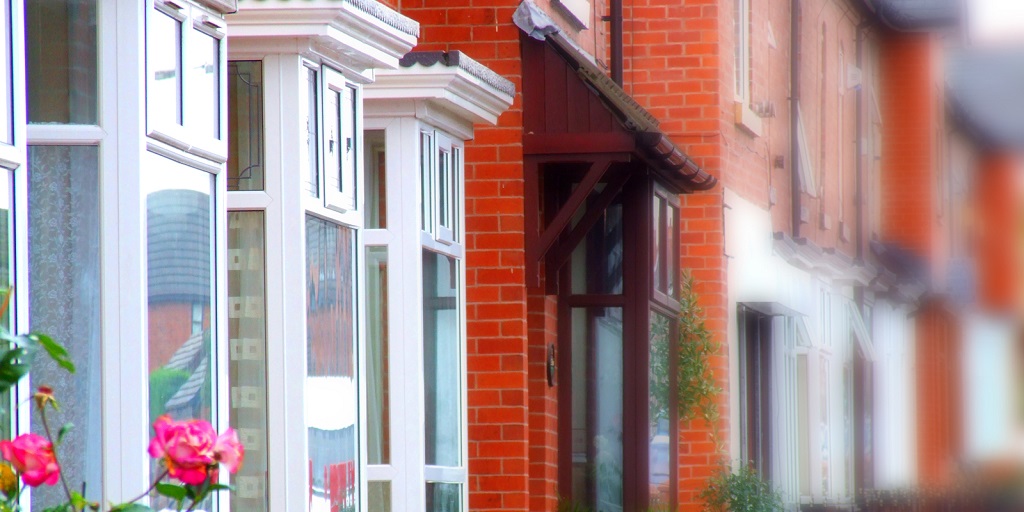This information should not be interpreted as financial, tax or legal advice. Mortgage and loan rates are subject to change.

Categories: government and politics | government and politics prs | law
government and politicsOn 1st October 2022 the law around smoke and carbon monoxide alarms is changing. The government has just released new detailed guidance on the legal obligations of landlords and letting agents as a result of the change.
The guidance notes include an introduction which summarises the requirements, as well as a long list of frequently asked questions and a list of definitions of terminology. It is pointed out though that the information should not be ‘seen as a substitute for reading the Smoke and Carbon Monoxide Alarm (England) Regulations 2022.’
Summary of the guidance
The opening summary provided by the government is as follows:
- Ensure at least one smoke alarm is equipped on each storey of their homes where there is a room used as living accommodation. This has been a legal requirement in the private rented sector since 2015.
- Ensure a carbon monoxide alarm is equipped in any room used as living accommodation which contains a fixed combustion appliance (excluding gas cookers).
- Ensure smoke alarms and carbon monoxide alarms are repaired or replaced once informed and found that they are faulty.
Source: Guidance. Smoke and Carbon Monoxide Alarm (Amendment) Regulations 2022: guidance for landlords and tenants. Updated 29 July 2022
Topics covered in the frequently asked questions
The FAQ section of the guidance summary covers a wide range of topics. These include highlighting that the type of alarm (smoke and carbon monoxide) are not stipulated in the regulations but should be compliant with the following British Standards:
- Smoke alarms: British Standards BS 5839-6
- Carbon monoxide alarms: British Standards BS 50291
There is also no stipulation in the regulations as to where the alarms should be placed, but this detail is shared:
Smoke alarms
“At least one smoke alarm should be installed on every storey which is used as living accommodation.
Landlords should follow the individual manufacturer’s instructions when installing the alarms. However, in general, smoke alarms should be fixed to the ceiling in a circulation space, i.e. a hall or a landing.”
Carbon monoxide alarms
“A carbon monoxide alarm should be installed in every room which is used as living accommodation containing a fixed combustion appliance (excluding gas cookers).
Landlords should follow the individual manufacturer’s instructions when installing the alarms. However, in general, carbon monoxide alarms should be positioned at head height, either on a wall or shelf, approximately 1-3 metres away from a potential source of carbon monoxide.”
For both types of alarm, the guidance states that the local fire and rescue authority may give further advice.
Alarm batteries and testing
Where a tenant finds a battery powered alarm not to be working, the government advise them to replace them, but if the alarm still does not work or the tenant is unable to change the batteries, this should be reported to the landlord.
Landlords are recommended to provide a demonstration or instructions to their tenants on how to test smoke and carbon monoxide alarms.
To read the guidance notes in full, visit the government website here.
To read the legislation in full, visit the government website here.
Penalty for non-compliance
Smoke and carbon monoxide alarm requirements are enforced by the local authority. Fines can be up to £5,000 if a landlord does not ‘comply with a remedial notice’.



